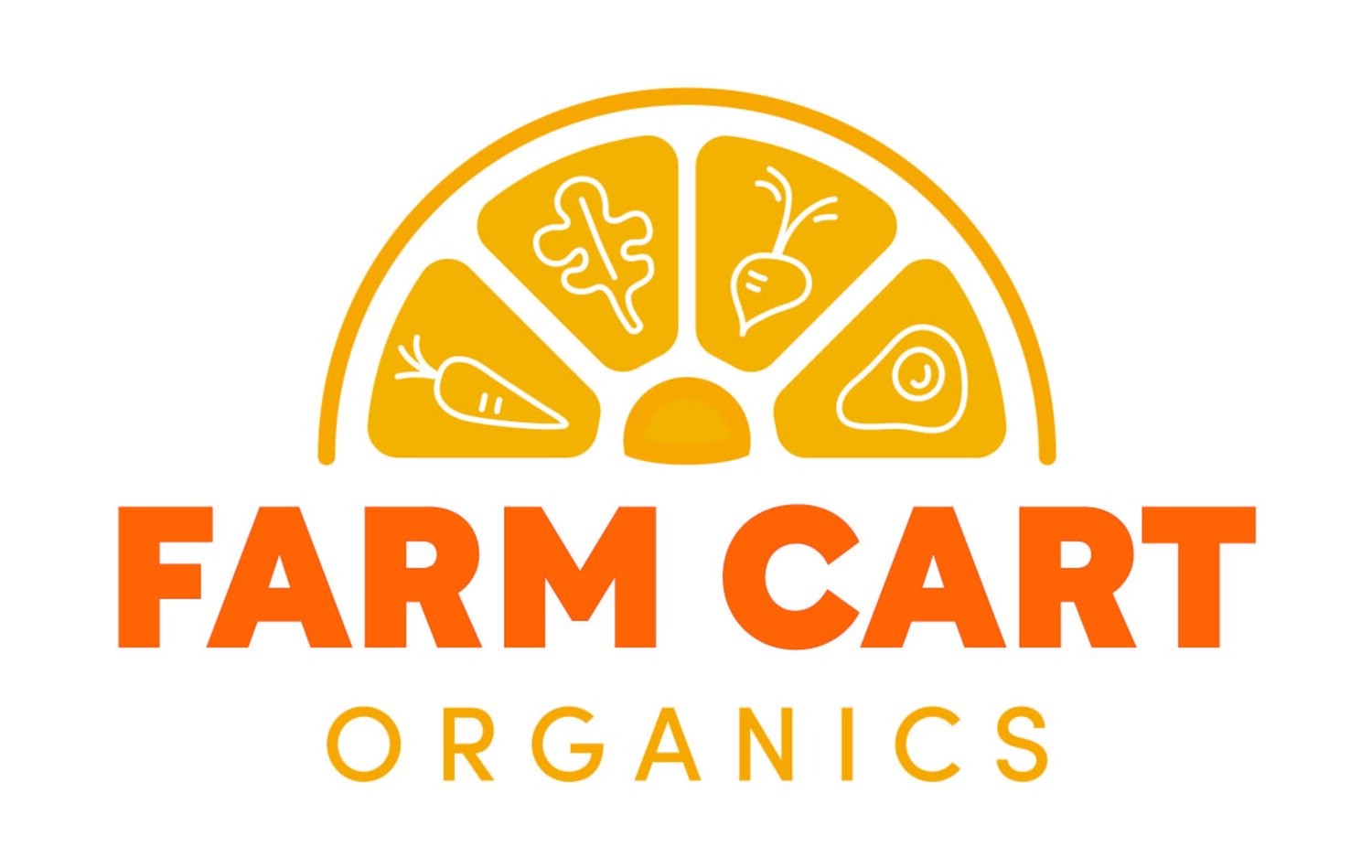Our Trip to the Landfill
Katie and I standing in front of the active landfill.
The tractor is going back and forth packing down these plastics as much as possible. The orange semi is about to dump another enormous load. 14 trucks come up per day to unload their plastic waste.
Hi guys,
As you all know, last year we started a home food waste collection service, the Better Bucket, where we collected your home food scraps, composted them on our small farm in Carpinteria, and gave the customers back a bucket of finished compost that was made from your scraps so that you can use them at your home.
We started doing this, because we have always been doing this for ourselves as a business, and as a family, and we were amazingly disgusted that our community still did not have a system in place to handle the enormous organics in the landfill, causing huge amounts of methane gas release, greenhouse gas problem.
And we know that it is tough to compost at home, with the smell, and the animals that it attracts. With that train of thought, it seemed like a necessity no-brainer. But, it came with some red tape. That red tape being that only municipally sanctioned trash collectors are allowed to collect waste from homes.
“Oops…. Sorry… Can we keep doing it, anyways, please?” Was how the conversation went. Fortunately, the municipalities have been kind to our little program, and didn’t shut us down.
Instead they were eager to show how they, Santa Barbara County, were going to be handling all of our food waste with their new anaerobic digester facility, starting January 1st.
First of all, let me say that Santa Barbara County is light years ahead of the rest of the country, in that we have progressive environmental idealogy at the head of our community and the ability to raise a lot of money to put it into practice. And that is where we find ourselves at with the Tajiguas Landfill. We have a cutting edge Dirty MRF (Material Recycling Facility) that is now tasked with separating all of the organic matter (dog poop, dead animals, food waste in plastic bags) and everything else that comes along with organic waste into piles that are carted up to the anaerobic digester facility. This machinery sorts different types of plastics, cardboards, metals, and more.Watching the machinery at work was impressive to say the least. And a little bit sad. Sad because humans can not to be trusted to care enough to sort their trash, so we have had to invest millions into machinery to do it for us.
But I digress, and am left with positive feelings for Tajiguas and the anaerobic digester. As you can see from the photos, the problem in Santa Barbara County with waste, is no longer organics ending up in the landfill. It is single use plastics. That is what is getting buried, and that is what is being sorted our of the final compost product, which I would not want to use for food production, but I am happy to see is not going into the ground anymore.
We feel like we have more to tell about our trip to the landfill and want to give you the final conclusion in a part two email. So look out for that next week.
Jason
Jason is standing inside the holding tank for the anaerobic digester. Here is a big pile of compostable matter that has already gone through the MRF.
On the left are the chambers where the compost get’s broken down through pressure, heat, and water. The chamber controls the emissions that are let out of the natural breakdown cycle. The emissions are then stored as gas for other purposes instead of being released into the air.
Here is the product after being sorted through the MRF and before it goes into the chamber. You can see there are newspapers, napkins, some cardboard, single use plastic bags, and some plastics. A lot of these are they bio degradable plastic bags and will be broken down inside the chamber. The items that cannot be broken down will be sorted in the final process.
Here is the final product after going through the chamber. You can see what couldn’t be broken down are the plastic water bottles, and single use plastic bags that are not biodegradable. They will take this pile and run it through a different sorting machine one more time to extract the plastics away.
We didn’t get to see the final final product because they hadn’t gotten that far yet, but we can only imagine it will be pure and clean. Hopefully right!
Please reach out to us via email with any questions! We are hoping to one day make this an FCO event where we can all get a tour. Would anybody be interested?












